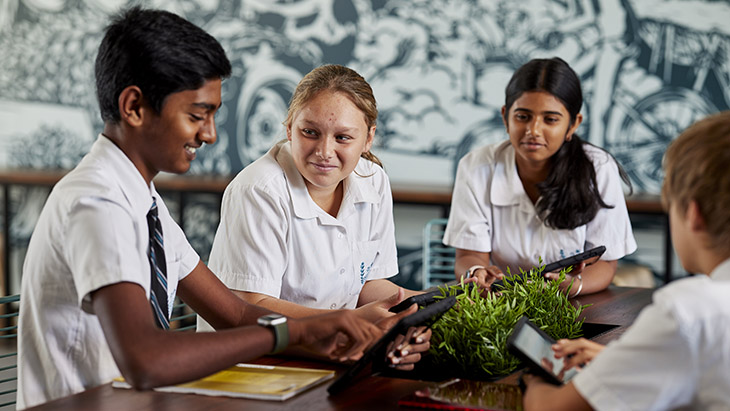Evidence-based strategies for autism
Work collaboratively
Provide lots of opportunities for students to work together
Students with and without autism can get to know each other and build friendships through working together. Students can also learn through watching others.
Consider ways in which you can facilitate a student’s interactions with others in a group.
Read more about guiding students to balance their own workload when supporting a peer.
When appropriate, give individualised tasks
Consider giving specific roles or tasks to students in a group if a student on the autism spectrum is working with tailored materials or instructions.
You could also select a student in a group to be a tutor or mentor.

Adapt activities to be as inclusive as possible
Where you can, use concrete materials, and provide pictures showing how to complete a task, rather than using abstract concepts or verbal instructions.
Provide lots of opportunities to practise
Students may need to practise a task or behaviour many times
Lots of time to practise in different settings and with different materials can help students learn to use that skill in other situations.
Offer fewer tasks with more opportunities to practise
This helps students to learn tasks and may be more helpful than offering many tasks with little opportunity to practise.
When a task is new, students will learn best with support
Provide them with help (for example, prompts, demonstrations, or encouragement). This can be gradually reduced as they become more capable.
Graduated prompting can be particularly helpful.